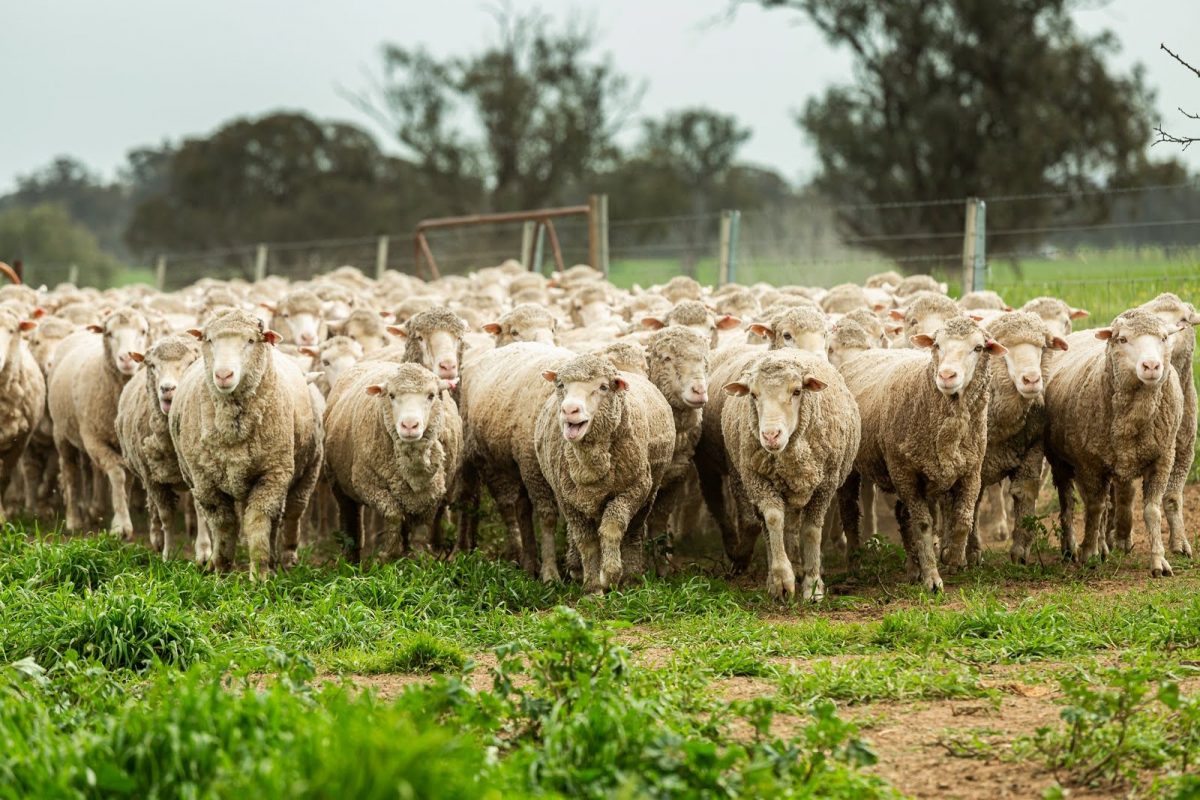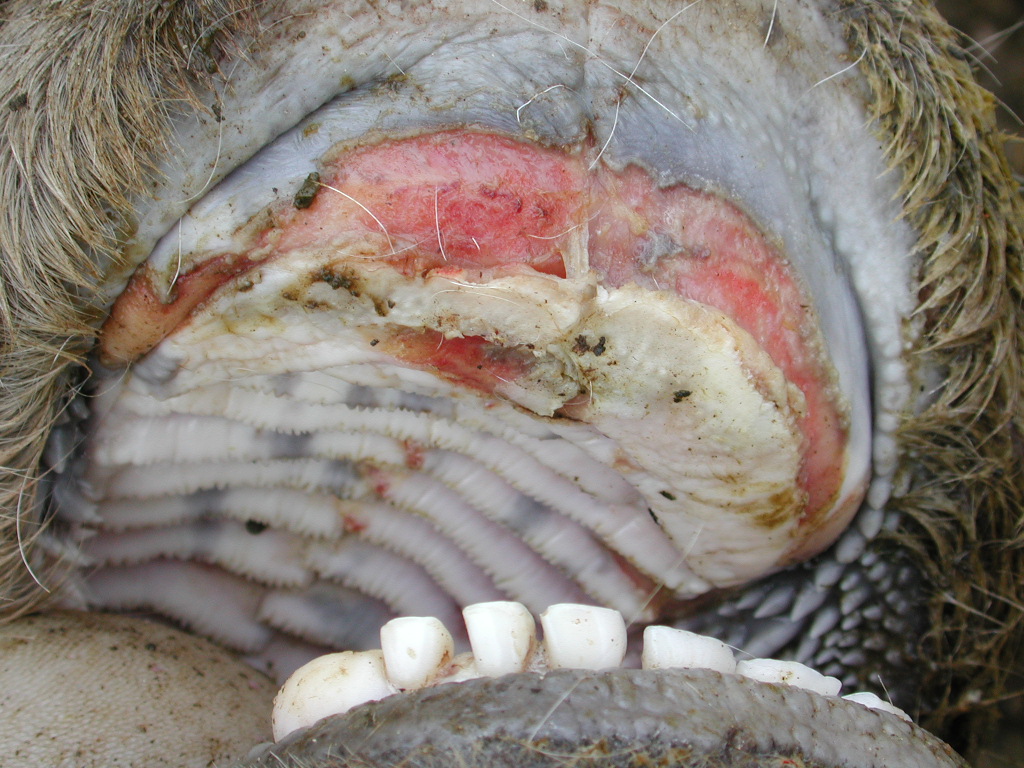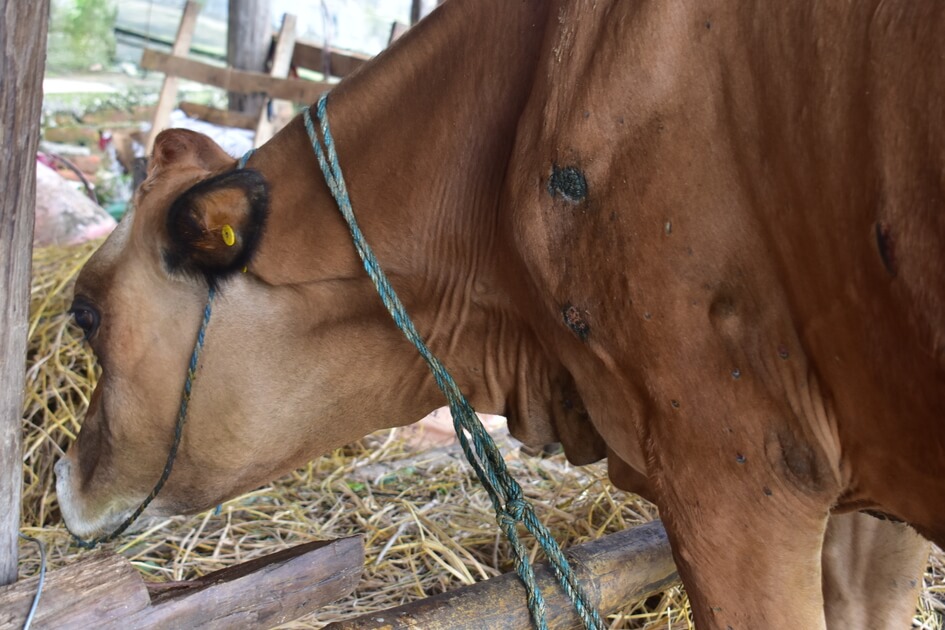
Foot and mouth disease can infect any cloven-hoofed animal, including cattle, sheep, goats, deer and pigs. Photo: LLS.
A Bombala grazier has issued some dire warnings about the threat of foot and mouth disease (FMD).
One of many landowners concerned about the threat of the exotic disease, Angus Hobson said, “We’ve all had some lessons in biosecurity because of COVID in the past few years – foot and mouth disease makes Omicron’s transmissibility look mild.
“I’m being realistic because there’s just no such thing as a mild case of FMD, not for a country like Australia.”
The Department of Agriculture has described FMD (not to be confused with hand, foot and mouth disease, which is common in young children) as a “serious and highly contagious animal disease” that impacts all cloven-hoofed animals, including cattle, sheep, goats, camels, alpacas, llamas, deer, buffalo and pigs.
The virus can be carried by live animals, in meat and dairy products, as well as in soil, bones, untreated hides, vehicles and equipment. It can also be carried on people’s clothing and footwear, and survive in frozen, chilled and freeze-dried foods.
Now the disease is knocking on Australia’s doorstep.
“In May 2022, an outbreak of FMD was reported in cattle in Indonesia and has since spread to Bali. An incursion of the virus would have severe consequences for Australia’s animal health and trade,” the Dept of Agriculture website states.
“Australia has successfully kept FMD out of the country for more than 130 years … an outbreak in Australia could have devastating consequences for our community in lost production, trade and tourism.
“[A] large outbreak in multiple states would now have a direct economic impact of around $80 billion.”
Mr Hobson put it more simply:
“It’s a real show-stopper-type disease.”
While FMD is rarely fatal, it is almost 100 per cent infectious and if the virus was detected it would result in livestock ‘lockdowns’ across the state. It would also revoke Australia’s status as an FMD-free country, severely impacting our exports.
“We provide livestock and products to about 130 countries, and if we get one case of FMD in Australia, it doesn’t matter where, every export market for sheep, cattle, dairy and pork would be closed overnight,” Mr Hobson said.
“The shutdown period depends how long it takes to control and eradicate the disease, and you have to prove it no longer exists in the country.
“The biggest challenge is if it gets a foothold in our feral animal population, we’re in big trouble.”

Signs of FMD include blisters (pictured) on the mouth, snout, tongue, lips or feet, drooling, fever, limping and reluctance to move. Photo: LLS, Mark Stevenson.
The United Kingdom experienced an FMD outbreak in 2001, which took the region seven months to fully eradicate and cost more than £8 billion ($13.6 billion AUD). Rural areas became no-go zones for travellers and more than six million animals were killed.
Mr Hobson shuddered to think what could happen in Australia, with our much larger domestic and feral animal populations and larger land mass.
“There are some cattle in northern Australia that get mustered once a year; if FMD finds its way into a feral animal population, it could well be sitting there literally for weeks before someone gets onto it,” he said.
“There’s a very real chance we’d never be able to exterminate the disease in Australia.”
Australia has the National Livestock Identification System (NLIS), which tracks cattle for their entire lives, but sheep and goats can’t be traced the same way, meaning if it gets into those populations it could be difficult to figure out where else they could have infected.
READ ALSO: The Wagga company that’s paving the way for autonomous farming
As the Federal Government works on keeping the disease out of the country, locally farmers and graziers are being urged to educate themselves on the signs.
“One of the most critical things is the speed with which you identify a potential issue, get it reported, and hopefully never confirmed,” Mr Hobson said.
“This is also where farm biosecurity plans become critical, it’s a line of defence between the virus being on a passer-by you don’t let in, and it getting into your livestock population.”
Information sessions about FMD have been held throughout the south-east region by Local Land Services (LLS), with plans for staff to also attend saleyards and other local gatherings. Information would be available about lumpy skin disease, another virus threatening to cross into Australia which impacts all breeds of cattle and water buffalo.
South East LLS district veterinarian Lou Baskind said it was “critical” for landholders to not only know the signs of the diseases, but what measures they could put in place to protect their farms in the first place.
“We all have a role when it comes to biosecurity and safeguarding our state,” she said.
Mr Hobson agreed, and urged all levels of government not to take the threat lightly: “If there ever was a case that prevention is better than the cure, it’s this one,” he said.
“It’s far better to keep it out.”
Any signs of FMD or lumpy skin disease must be reported to the Emergency Animal Disease Watch Hotline on 1800 675 888 or your local LLS district vet.

Signs of lumpy skin disease include skin nodules (pictured) that turn into abscesses and scars, nose and eye discharge, enlarged lymph nodes and fever. Photo: LLS, Dr Deepak Subedi.








